Have you ever been looking at a garden and spot the very tall stalk with what appears to be a floral disco ball on it? Yep, so have I- and I wonder what the heck is that crazy, beautiful plant! Well, the towering giants are Allium bulbs and there are a few things you can do to make sure that you are not too late to plant Alliums. Read on to learn 3 tips to plant Alliums all year long.
Is it too late to plant Alliums? As long as you make sure to plant your bulbs before the ground is too hard to dig, place them in a dry location, and give the Alliums ample time to store energy to create flowers, you can plant them all year long.
- Plant your Allium bulbs before the ground is too hard to dig during winter temperatures.
- Place the Allium bulbs in a dry location 2-3 times deeper than their width.
- Give the Allium bulbs ample time to grow for late spring to early summer blooming.
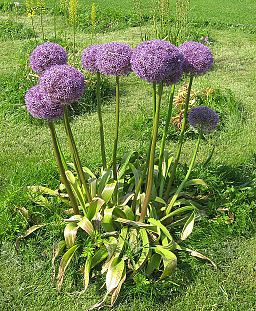
When Should You Plant Alliums?
You should plant Allium bulbs during fall, when temperatures have cooled but before the ground has been frozen or it might be too late to plant Alliums. Which time during the fall will be most ideal for you depends on your local temperatures and when your first frost usually occurs. You will be able to look this up if you don’t already know by going to the USDA plant hardiness zone map here and inputting your zip code.
Alliums grow well in USDA plant hardiness zones 3-9. Since they need to be planted a few weeks before the ground is frozen in order to grow roots, you will want to plant sooner in colder climates and are able to plant later in warmer climates. If you keep in mind their need to grow roots first you can be sure to not be too late to plant Alliums. In late Spring, the Alliums will begin to produce leaves and once the leaves begin to die back they will send up their flowering shoots.
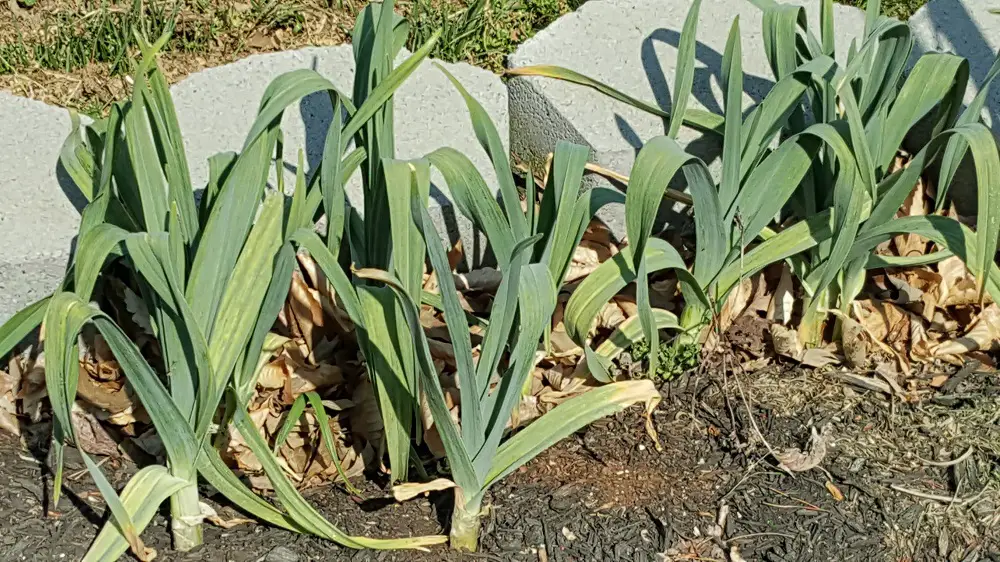
Alliums -some are more popularly known as their edible counterparts: onions, shallots, garlic, leek, etc- must go through 2 growing periods in order to produce flowers. The bulbs will need a period of time to produce sugar, which is stored in the bulb, and grow leaves. Then, the bulbs will go into a root growth phase if they are not picked to consume (note, most Alliums are not edible, they are just ornamental) and then in late spring to early summer you will start to see Alliums blooming.
What Happens if You Plant Alliums Too Early?
There really isn’t a time to plant Alliums too early, rather it is more important to take care that it is not too late to plant Alliums. If you aren’t able to plant them at the ideal fall time before the ground has frozen, then you may choose to store the bulbs inside during the winter weather and plant them as soon as the ground is workable in the spring. This will cause the Alliums to bloom much later than usual- sometime in the warmer months for your zone.
Since Alliums prefer soil that is dry, planting them too early might end up causing bulb rot if they are in a bed with other plants that you are watering more frequently. They would have ample time to grow roots before the ground freezes, but the sogginess of the soil could actually destroy the bulbs. Because of the threat of bulb rot, you can always plant the Alliums in an area of your garden space with dry soil and then transplant later in the season. Alternatively, you can store the bulbs in a cool, dry location until the ideal time to plant.
Can You Plant Alliums in Winter?
If you live in a warmer growing zone (zones 7-9), it will not be too late to plant Alliums in the winter. In fact it may be better to wait until late fall or early winter once the temperatures are cooler. Colder zones (zone 3-7) will not be able to plant in winter due to the lower temperatures. The ground is also usually frozen already in the colder zones. The Allium bulbs will not be able to grow sufficient roots in the frozen ground and it will be too late to plant Alliums.
There is one trick you can use to be able to plant Allium bulbs in the winter if your temperatures are more moderate but the ground is hard. Normally, you would plant the Allium bulbs about 2-3 times deeper than they are wide. But you can dig down further than you normally would, about 4-5 times deeper and fill some of the hole with more workable compost and then place the bulbs on top of that. Cover the bulbs with soil and then add a layer of mulch to the top. If you need help choosing a way to make your compost, check out this post on 7 ways to compost.
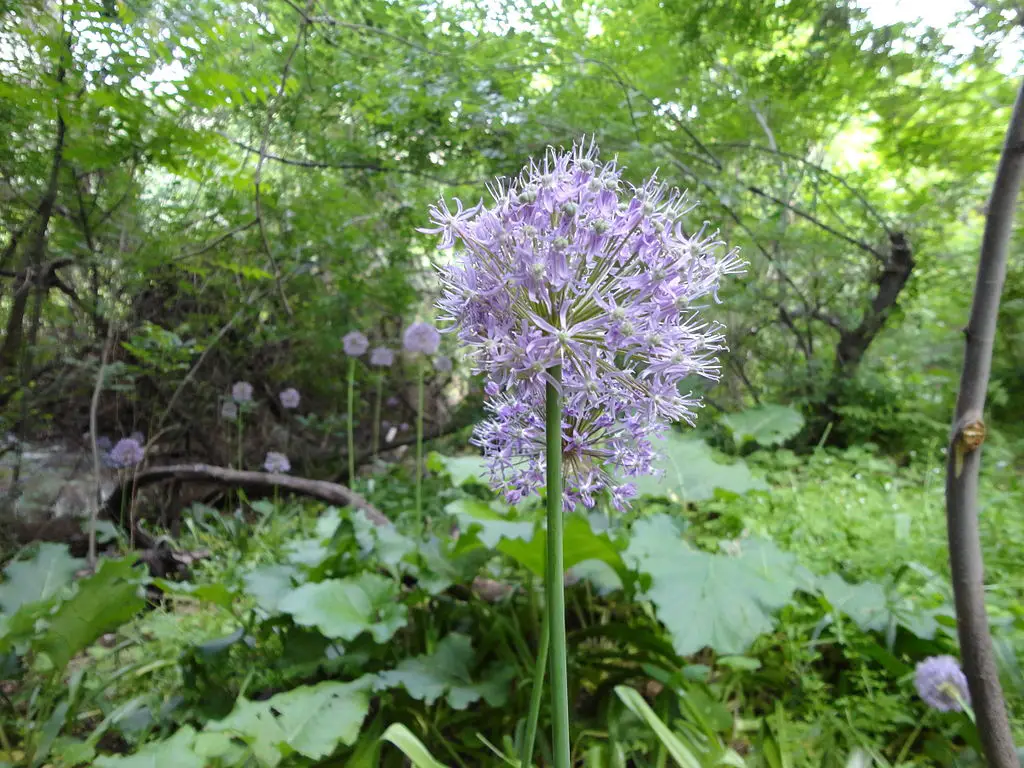
Can You Plant Alliums in Spring?
You can plant Alliums in Spring, especially if it was too late to plant Alliums in your zone when you may have purchased them or just didn’t have enough time to get around to planting them. Unlike Tulips and Daffodils that need the cooler temperatures in order to create sugar in the bulb to prepare for spring flowering, the Alliums need their time in order to grow roots. You can learn more about when the ideal time to plant Tulips here and when is the ideal time to plant Daffodils here.
Studies comparing the amount of time between sprouting and dormancy period in Allium bulbs show a lack of any particular dormancy period. The researchers found that they were able to sprout Alliums as early as 2 weeks. They were storing the bulbs in a dry location with a temperature of about 61 F (16 C). This means that you could plant Alliums in Spring if the temperatures are not too high where you live. They will need extra time to grow roots compared to those that were already in the ground so will bloom later.
You could plant some Allium bulbs before the winter freeze and some Allium bulbs right when the ground is workable in order prolong their flowering season. The ones planted earlier will bloom in later Spring and the ones planted later will bloom in early summer. But, if you leave them all in the ground until next Spring you won’t have this same effect. You’d have to dig half of them up and store to repeat again in the spring.
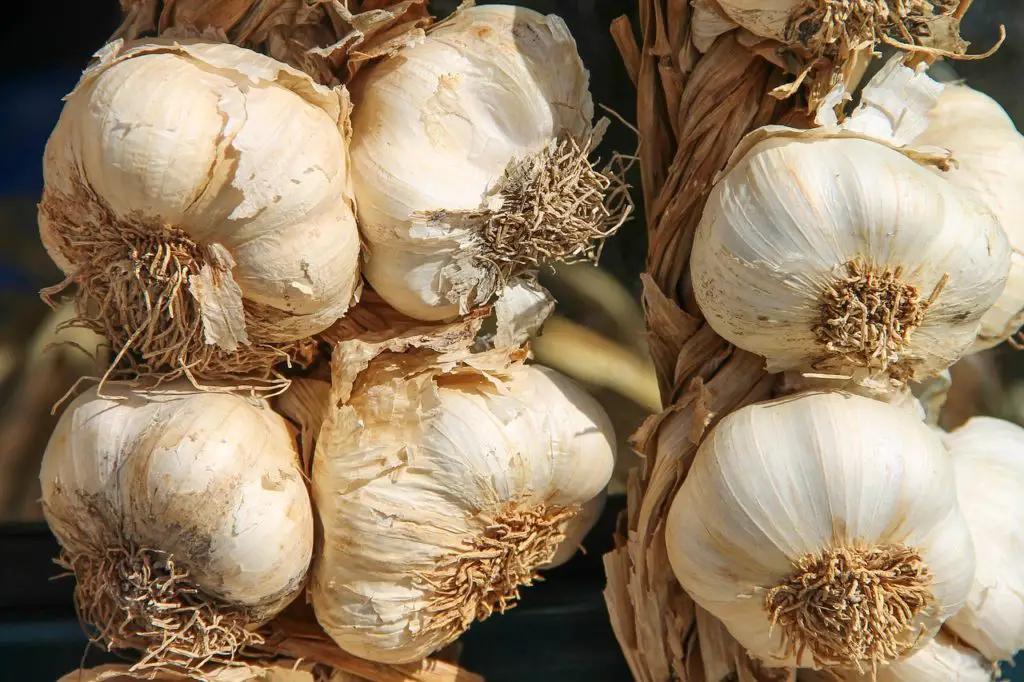
Can You Plant Alliums in Summer?
It is ideal to plant Allium bulbs in late summer or fall, so it will not be too late to plant Alliums in summer as long as you follow The Grow Monster’s planting tips mentioned at the start of this post. Make sure you plant your Allium bulbs before the ground is too hard to dig in a dry location 2-3 times deeper than they are wide with ample time for roots to develop. Testing has shown the bulbs can complete their “warm-cold-warm” sequence to properly create roots and a good-sized bulb when planted in later summer.
If you are planting Alliums from seed it is not too late to plant Alliums in summer. You can buy seeds for all kinds of varieties of Onions and some people prefer to start them from seed. You can plant them in summer and they will start to bulb up around the time that you would be planting Allium bulbs in the fall. Then, you can harvest some to eat and leave some to bloom and even let them go to seed to collect for next year.
It may be too late to plant Alliums in summer if you are planting bulbs in soil that will have too much water. Alliums do not like to be in soil that is boggy or water-logged. This will surely cause bulb rot. But, if you are planning to plant them in well-draining soil you may be able to plant them in summer and they will begin developing their roots. The ideal time to plant Allium bulbs is late summer or fall when the temperatures are cooler in your zone.
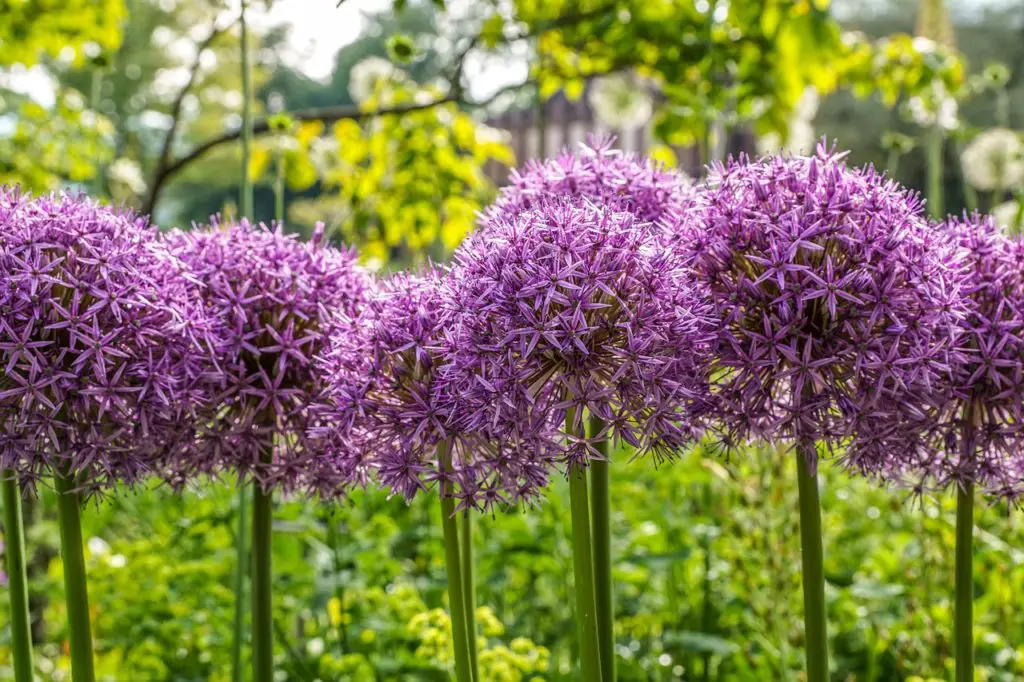
Final Thoughts
These towering balls of color will adorn your garden all summer long if you take the time to plan your planting. Alliums are a great addition to a tiered garden and attract lots of pollinators. If you are having trouble bringing pollinators to your vegetable garden, plant some Alliums interspersed with the vegetables and be amazed at how wonderfully versatile these beautiful plants can be. If you’d like to read more about creating a pollinator garden, read The Grow Monster article here on what you need in a pollinator garden.

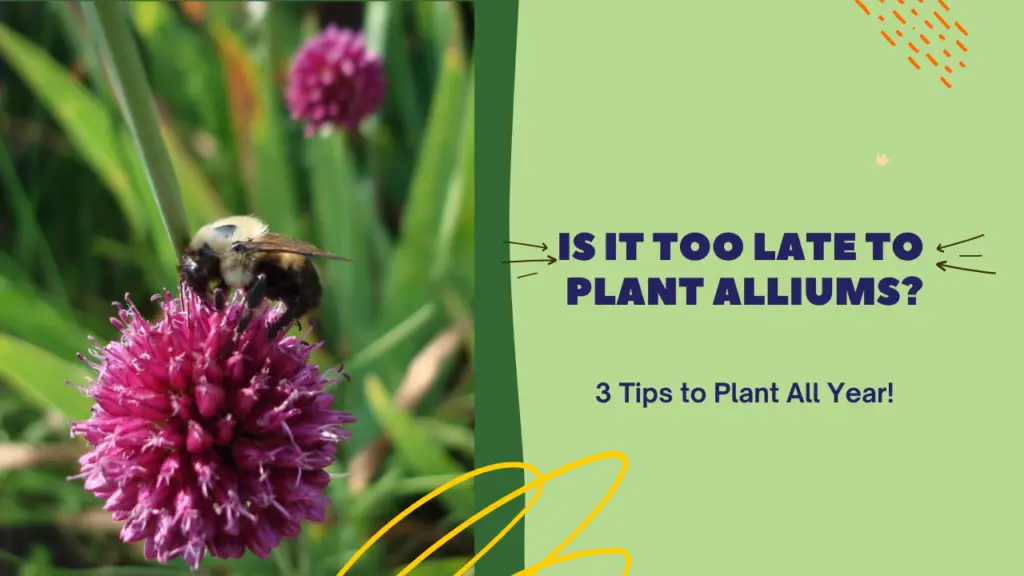
Pingback: The Definitive Guide to Winter Sowing - 9 Easy Steps with Photos - The Grow Monster